Games for programmers
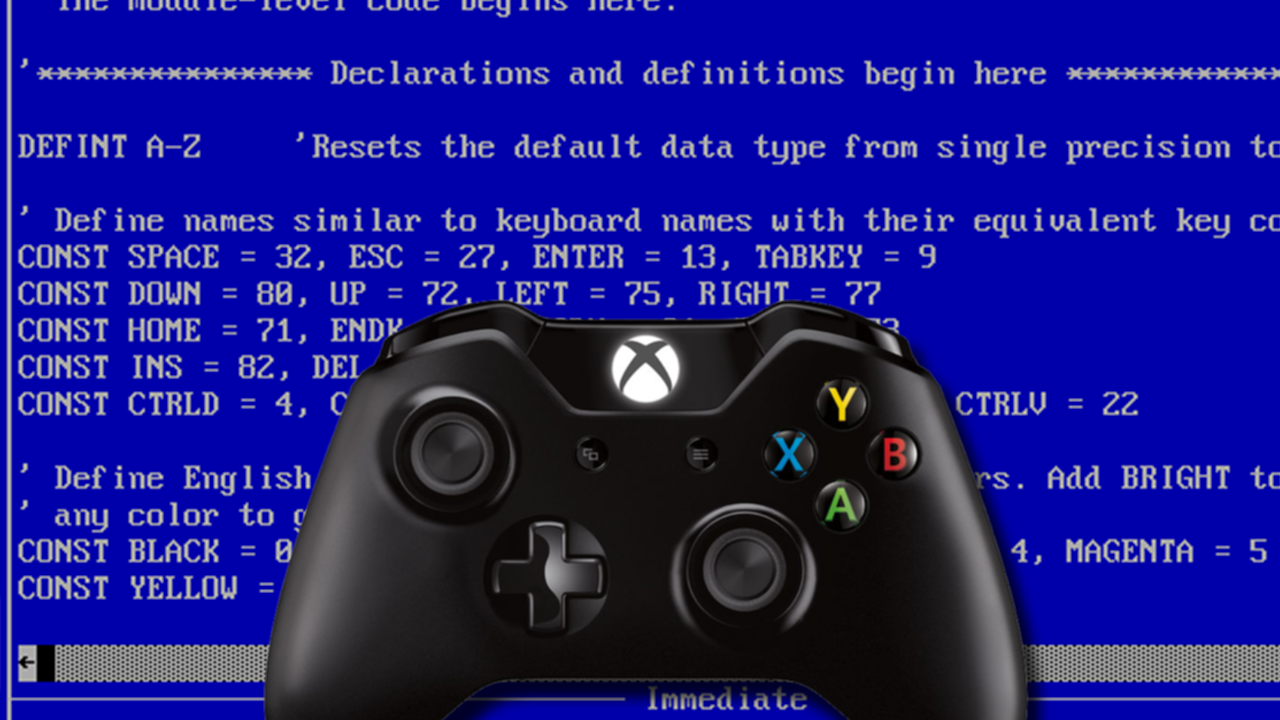
Hello again, today we will talk about such an unusual phenomenon as games about programming. Or games for programmers. In short, games where, more often than not, you cannot directly solve some problems, but you need to draw up instructions and instructions for solving them. So who are they for?
(all this and even more we tell in the video version, which can be found at the end of the article; in it you can see the gameplay of games and other materials on the topic)
They should be divided into several categories: the first is learning games that should help children or students understand the basics of programming, drawing up algorithms, common commands and principles. For example, the popular graphical language Scratch, which can be used directly from the browser. Or the Russian system PiktoMir. Even such a well-known language as BASIC, when it was created in the early 60s, was conceived as a simplified version with a syntax understandable to non-programmers.
')
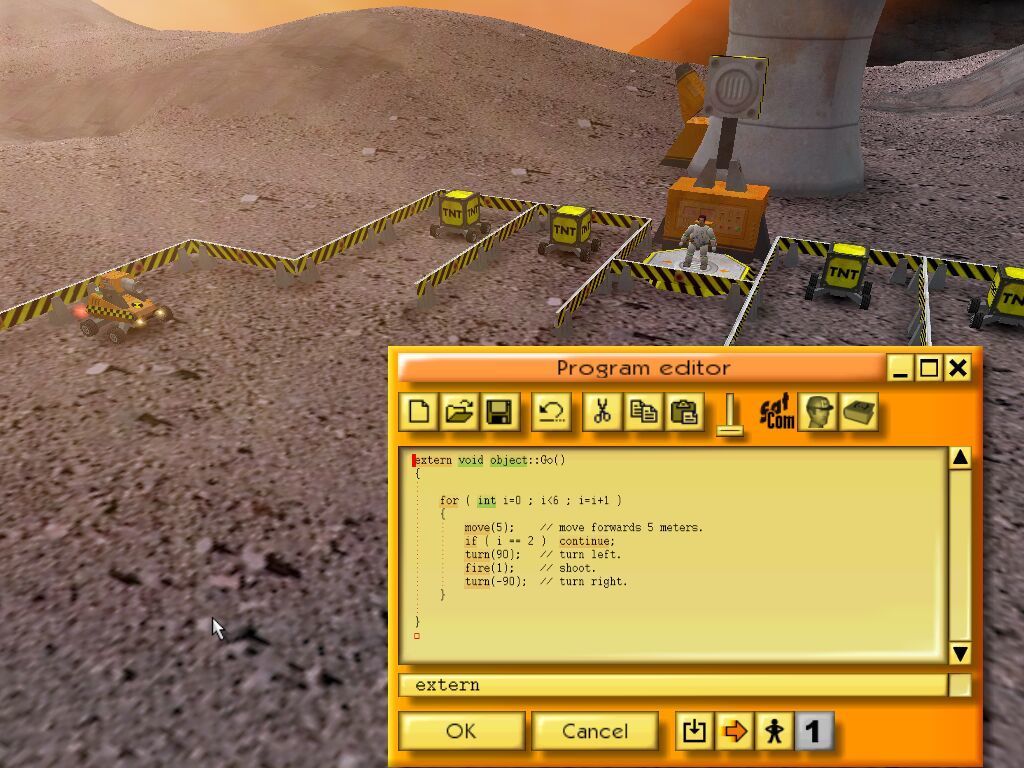
The next category is games about programming and for those who know its basics. Players already need to use their skills to achieve victory, i.e. In the game some real programming language or its similarity can be used. Of course, in such games there is usually a detailed manual.
And finally, algorithmic games, where programming is unobtrusive and organic part of the gameplay.
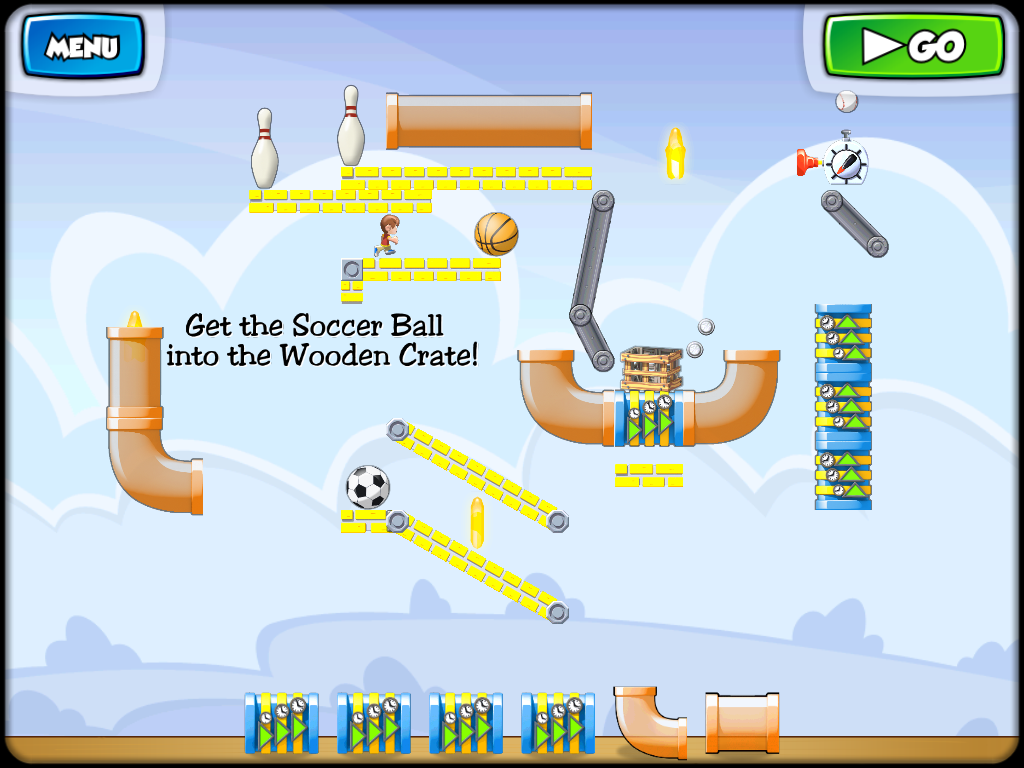
It is not necessary that the writing of the algorithm be presented in the form of text commands: for example, there is a series The Incredible Machine, a puzzle, where elements need to build complex mechanisms for performing some simple tasks. Burst all the balloons on the screen, hold the mice to the cheese, launch a rocket and the like - sea levels. She has a more modern counterpart, Crazy Machines, and even a remake from the same authors. To solve, you are given a set of blocks: strips, balls, sockets for electrical appliances, but not all building blocks are static: in some you can set a timer, or make them start working after switching on or work every second time, or sort them . A huge scope for algorithmic creativity.
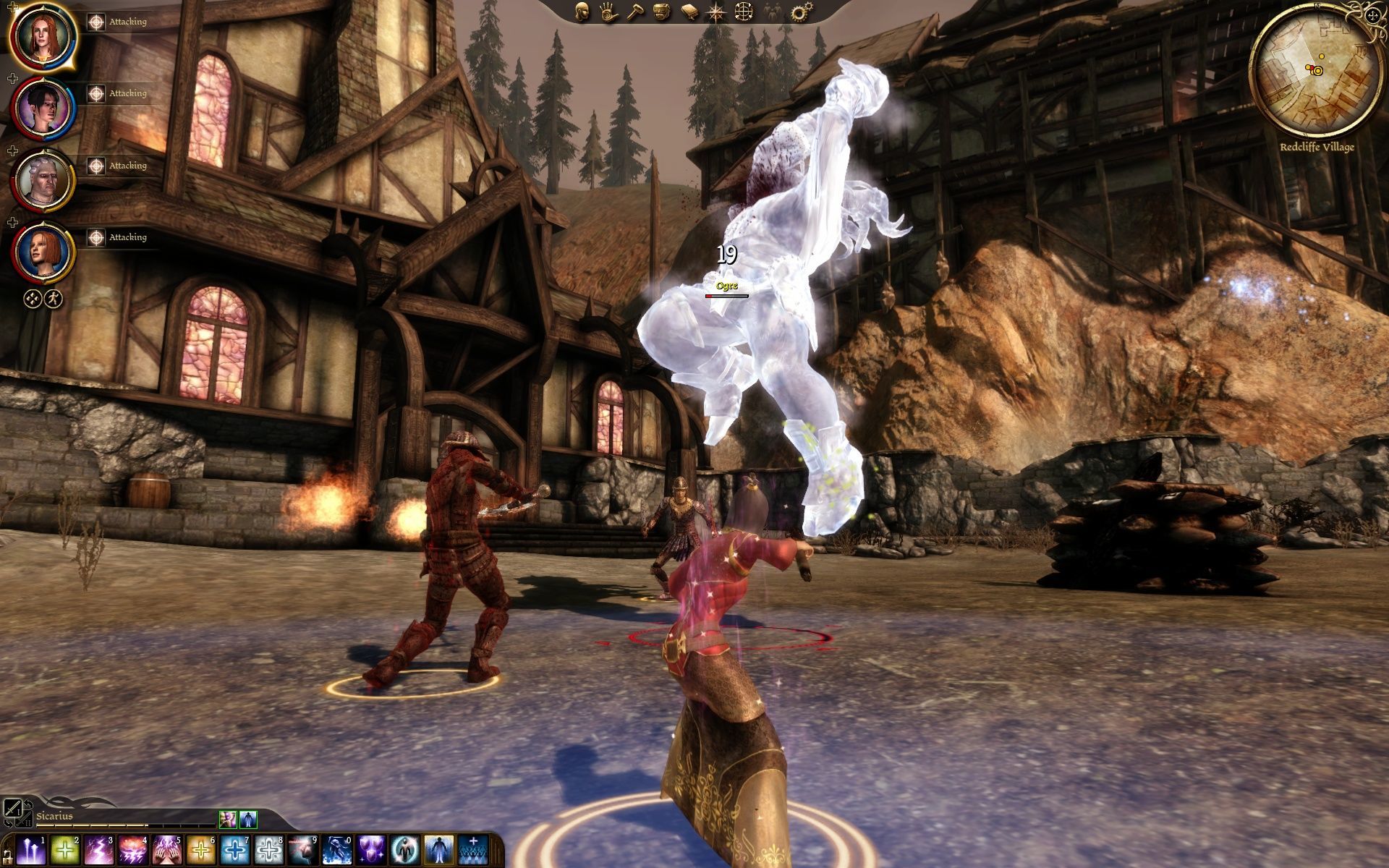
Well, if you look at very popular games, for example, in Dragon Age: Origins you can in detail, step by step regulate the behavior of your party members in battle. With new levels they even open up new options. It was possible to choose who to attack first, when to use skills or magic, under what conditions to switch to other enemies and similar things. What is not an algorithm?
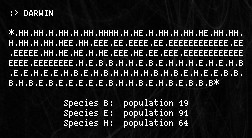
But let's move on to the origins of the question: when did programmers start playing with their colleagues? And this happened back in the 61st year, at the dawn of the computer era, when a group of developers from the American company Bell Labs: Victor Vysotsky (son of Russian émigrés), Malcolm Douglas McElroy and Robert Morris built the first game, if you can call it that. Images or code was not preserved, but the concept was later described and published. This game, Darwin, was a “battle of programs”, i.e. using the three available functions - probe, kill, and claim, it was necessary to create a program that would overwrite the enemy code, preventing them from multiplying. And the most interesting thing is that the battles took place right in the memory of the real IBM 7090 mainframe without some kind of virtualization - the wrong move, and the blue screen, or rather, alarming lights on the operator console! This was done to improve speed, not to write an interpreter. The game did not last long - only a few weeks, until the “ultimatum” killer program was invented, which left no chance for the opponent.
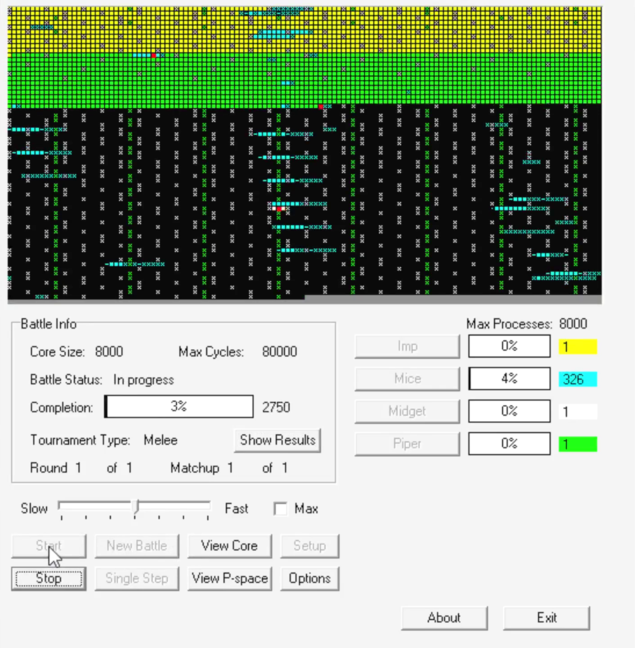
But Darwin's legacy was not forgotten, and once another author, Alexander Dyudni, also a scientist, popularizer of science, the author of science fiction novels and collections of poetry, described in detail a similar concept with a number of improvements. He, of course, based the idea on Darwin. The game was called Core War and a detailed article about it appeared in the journal "In the World of Science" in 1984. The battlefield was not the memory of a real computer, but the virtual environment of an imaginary computer MARS. The code of the opposing programs resembled assembly language. Although the author did not provide source codes, various enthusiasts created their own versions, which turned out to be so popular that competitions for the best program began to be held on this game, a set of rules and standards appeared in the late 80s (here it is, the emergence of eSports!), Then and many more recent implementations, and as a result of the competition are held to this day. And, for sure, they collect more viewers than Starcraft streams.
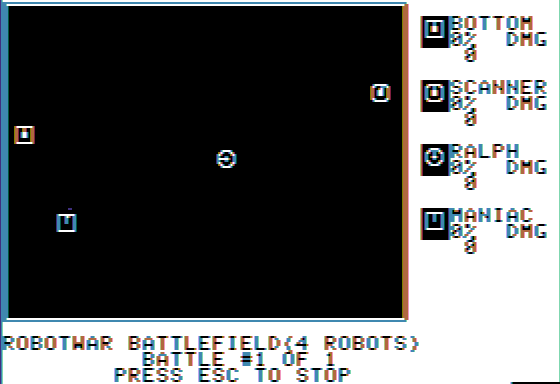
The next game, the Robot War of 1981, was much more user-friendly and close to traditional computer games. Its author was Silas Warner, best known for his other game, Castle Wolfenstein, the one that inspired id Software for a remake and a long-running series. In addition, Castle Wolfenstein is considered the first stealth game, but it is not about her now.

The prototype Robot War was created (or peeped) by the author while working with the PLATO system back in the 70s. PLATO was a unique incubator of ideas, where many of the things we were used to today appeared for the first time: forums, email, web applications, role-playing games, multiplayer tank shooters and much more. In this game, it was proposed to independently develop AI robotic tank. The code size was limited to 256 lines, which is not so small. Well, after testing, you can lead your iron friend to the arena, to clarify the relationship with other tins, which was shown graphically and all actions were visible in real time. The game came out for the Apple II computer and you can get acquainted with it through the emulator. In general, the battles of many AI have become a popular topic of such games.
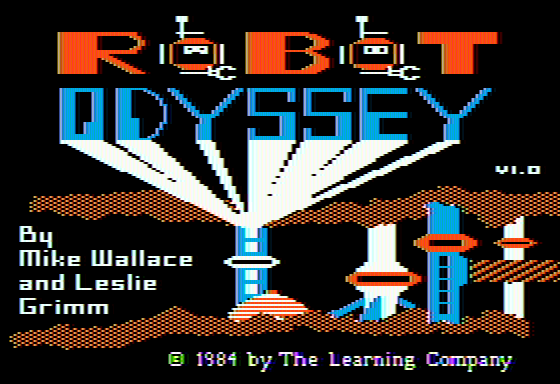
Another game about robots, it was really such an interest to them, was Robot Odyssey, already in the 84th. And this is already a clear development, because besides the actual design and programming, the plot part also appeared. The game has a character - a boy, which fell into the underground city of robots. And to return home, he needs to use the robots he finds along the way, reprogramming them for new tasks.
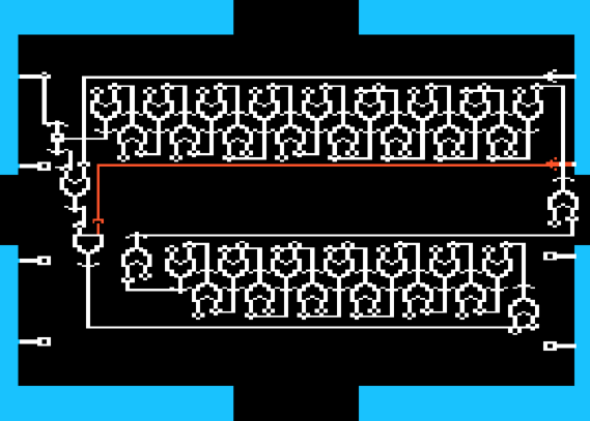
And here the most interesting begins: the game offers to develop not just software, but in fact create new hardware, chips from primitive elements, picking the logic of robots. As a result, the complexity and elaboration of this process, as well as its similarity to reality, has shocked not only the players, but also the specialists of the present time. Robot Odyssey is now considered the "most difficult game of all time."
In addition to the creators, it is worth noting that it has a built-in detailed tutorial - a rarity in those years. And the authors of the game had no illusions about the complexity, and those who passed it were handed a personal certificate.
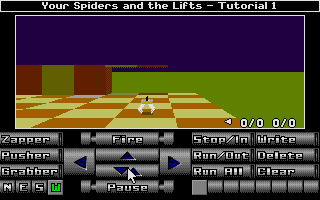
But the gameplay does not have to be so tough and merciless, and an example of this could be Tower of Babel, a three-dimensional puzzle game of the 89th year for Atari ST. Here we manage one of the three robots that have unique abilities, but programming does not need to be carried out continuously, but only when the need arises, and you need to coordinate their actions when it is impossible to complete the task alone. Doesn't it remind of The Lost Vikings?
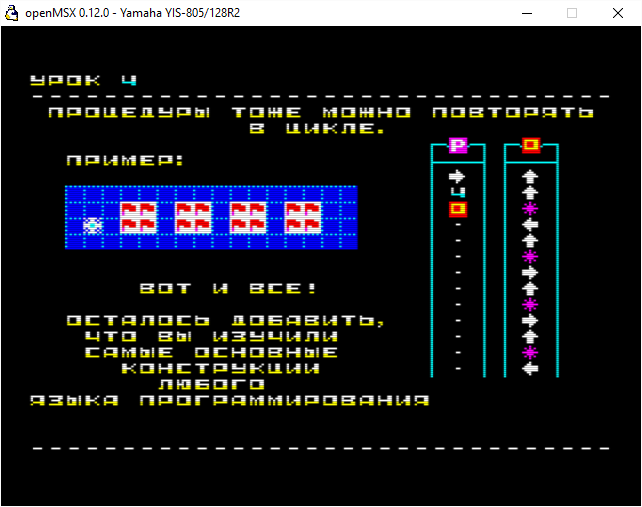
Algorithmic games were in Russia. For example, the exciting game Navigator for the computer MSX. This computer has been used in Soviet and Russian schools since the second half of the 80s. The game itself appeared in the 89th or 90th year. It was educational in nature and it was necessary to lay a route for the navigation computer of a planetary ship, so that colonists' settlements would receive the goods they needed. The "language" of writing the algorithm was quite simple - so as not to overstrain the students.

Another domestic game was called Snake Battle and was made by Gamos, known primarily for the Color Lines and the quest for the Pilot Brothers. But it was this game that was clearly designed for a different audience. The basic principle is taken from the classic games a la Snake, i.e. a snake crawls across the screen, eats dots and becomes longer and so on. But here other snakes should be used as food, guided, as you might guess, by artificial intelligence. Despite the fact that the game turned out to be original and in something innovative, it didn’t bring any recognition and recognition to its creator.
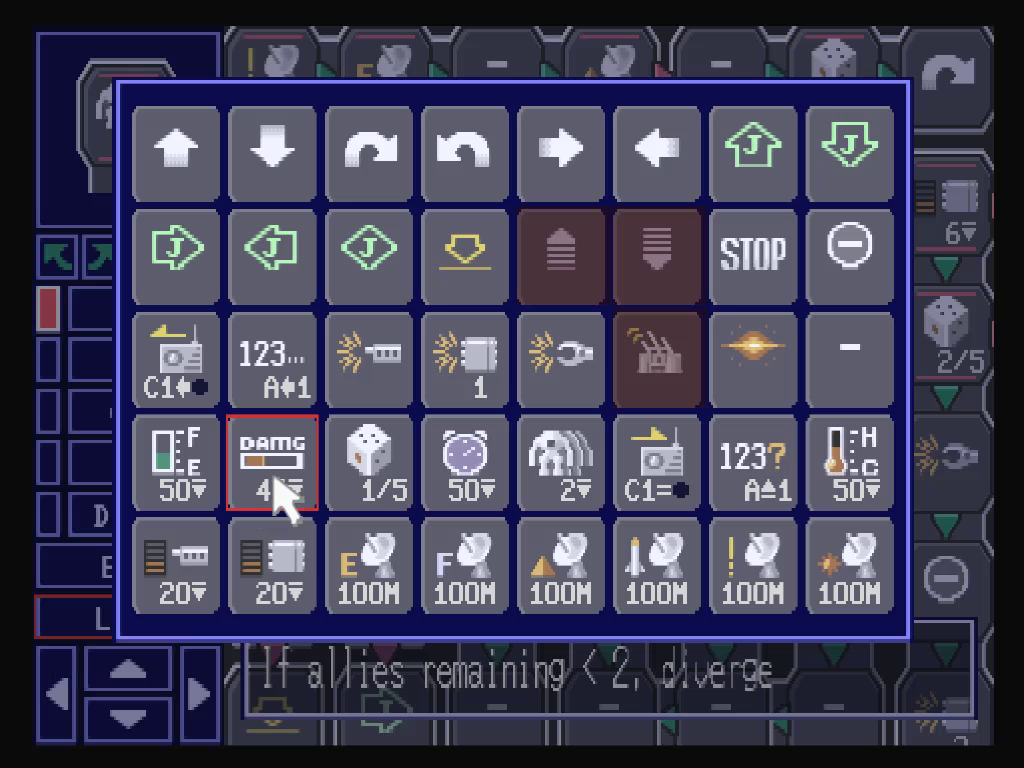
And oddly enough, such a complex and specific genre got to the prefixes. The Carnage Heart series first appeared on the Playstation in the 95th year and since then several sequels have been released, including on the PSP. An amazing fact, given that the game is really difficult. In it we are also talking about metal idol fights, programmed by us. For writing instructions, graphical schemes are used, from a rather extensive list, almost each of which can be somehow customized. Everything was complicated by the fact that the built-in manual is not here, and the video with training was on the second disc.

And finally, TIS-100 is one of the most recent games on this topic, and not the easiest one. In the center of the plot is a mysterious computer that was gathering dust in your uncle's garage. Alas, Uncle died suddenly and you get TIS-100. It is difficult to find information about this model, some memory blocks are closed for access, although my uncle struggled for a long time to solve the mystery of its origin and destination. Well, now this dinosaur does not even want to load - it can not perform the simplest diagnostic test.
If you describe the game in simple words - this is also a puzzle. Here the process is divided into separate tasks, and it is not necessary to perform them in direct sequence. After the decision, as in many puzzles, they will show you your rating, moreover, citing the statistics of other players and evaluating your ingenuity.
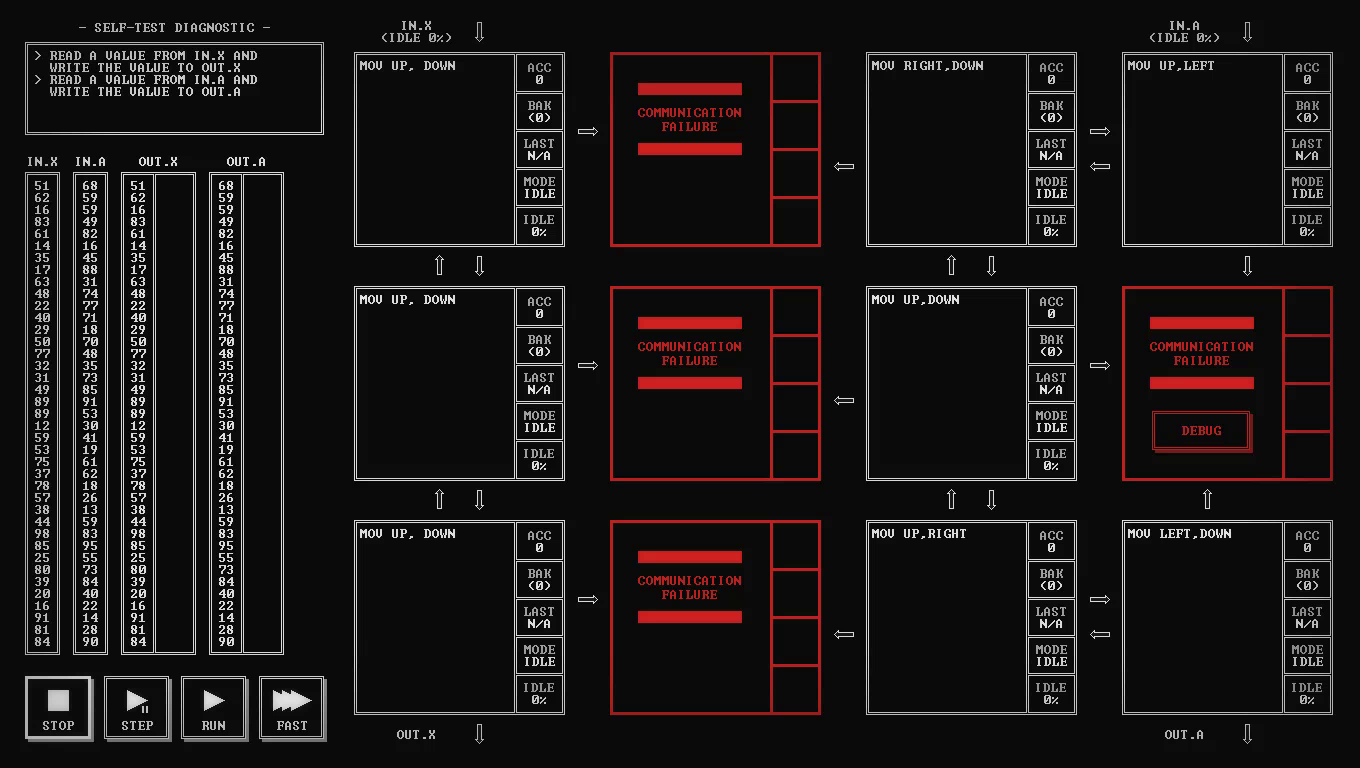
But to compare the TIS-100 with any Cut the Rope would not be entirely correct. After all, this is in fact a simulator of a transputer-like system, which were popular in the 80s. The system is programmed in simplified assembly language. Each processor, or node, and there are 12 of them, has a limit on the number of program lines. At the same time, the number of nodes gives greater freedom in the ways of solving tasks. The tasks are quite diverse, but usually they have the following form: take the initial data, perform some actions on them (sorting, arithmetic operations, or something else) and bring them to the correct port.
On the one hand, such manipulations are easy to do in many programming languages, but this is not BASIC, and therefore you will have to look for solutions from the point of view of the mysterious architecture and the list of available commands.
And on this we finish the excursion into the world of games. If you like it, then look at our videos on this topic - there are games and facts that are not covered in this article.
Thanks for attention!
// Virgil, Dimouse, true-grue.
PS Video with the transfer is divided into two parts:
Source: https://habr.com/ru/post/394753/
All Articles